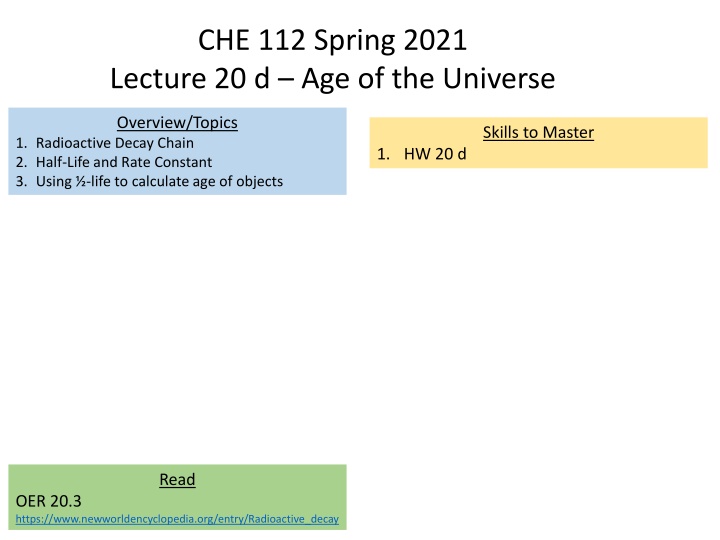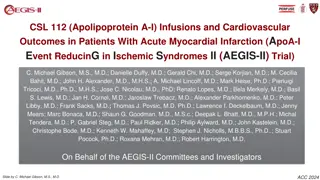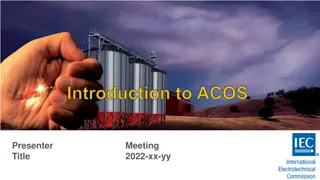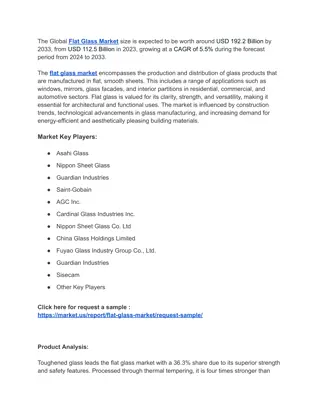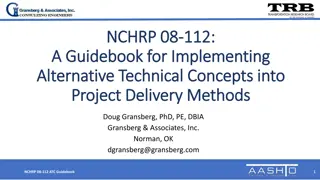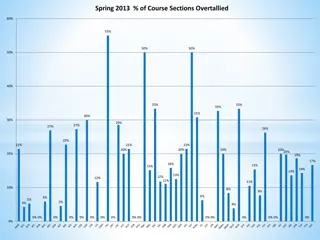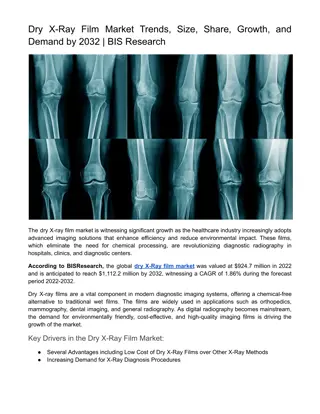CHE 112 Spring 2021
Classic, Nosocomial, Neutropenic, and HIV-associated fever of unknown origin (FUO) are defined by specific criteria. The causes range from infections to neoplasms and inflammatory diseases. In the elderly, multisystem diseases like giant-cell arteritis are common culprits. Understanding the duration of fever and its implications is crucial in diagnosing FUO cases lasting longer than 6 months.
Download Presentation

Please find below an Image/Link to download the presentation.
The content on the website is provided AS IS for your information and personal use only. It may not be sold, licensed, or shared on other websites without obtaining consent from the author.If you encounter any issues during the download, it is possible that the publisher has removed the file from their server.
You are allowed to download the files provided on this website for personal or commercial use, subject to the condition that they are used lawfully. All files are the property of their respective owners.
The content on the website is provided AS IS for your information and personal use only. It may not be sold, licensed, or shared on other websites without obtaining consent from the author.
E N D
Presentation Transcript
CHE 112 Spring 2021 Lecture 20 d Age of the Universe Overview/Topics Skills to Master 1. Radioactive Decay Chain 2. Half-Life and Rate Constant 3. Using -life to calculate age of objects 1. HW 20 d Read OER 20.3 https://www.newworldencyclopedia.org/entry/Radioactive_decay
Radioactive Decay Series chain o Series of radioactive decays an isotope undergoes to achieve stability (ultimately decaying to a stable isotope of lead o 4 Series Uranium, Actinide, Thorium, Neptunium (all gone!) o Parent = long life o Daughter = shorter lives
Review of 17.4 1st Order Kinetics Radioactive Decay - Math Integrated Rate Law Nt N0 Rate Law ln = kt Rate = k N N0 = # atoms time = 0 Nt = # atoms time = t k = radioactive decay constant (s-1) t = time K = big = small slow decay k = radioactive decay constant (s-1) N = # of atoms fast decay Half Life (t1/2) Units 0.693 k 1 Becquerel (Bq) = 1 disintegration/sec 1 Ci (Curie) = 3.7 x 1010 disintegration/sec t1/2= t1/2 = small = big fast decay slow decay
1.000 g of 90Sr decays to 0.953 g after 2.00 years Example: (a) Calculate the life (b) How much will remain after 5 years? (c) What is the initial activity in Bq and Ci?
More 1st order kinetics Radioactive Dating o Use decay rate of radioactive isotopes to determine age of substances o Ratio of Parent to Daughter atoms.
Carbon Dating Make radioactive 14C Incorporate into CO2 Photosynthesis/Consume Die/Decay Ratio 14C/12C t1/2 = 5730 years
Example: Determine the age of a volcanic eruption! Charcoal formed in the eruption = 7 dis/min Charcoal in a living tree = 15.3 dis/min How long ago did the volcano erupt?
238U 206Pb Example: t1/2 = 4.5 x 109 years A rock contains 0.257 mg of 206Pb for every 1.000 mg of 238U. How old is the rock?
